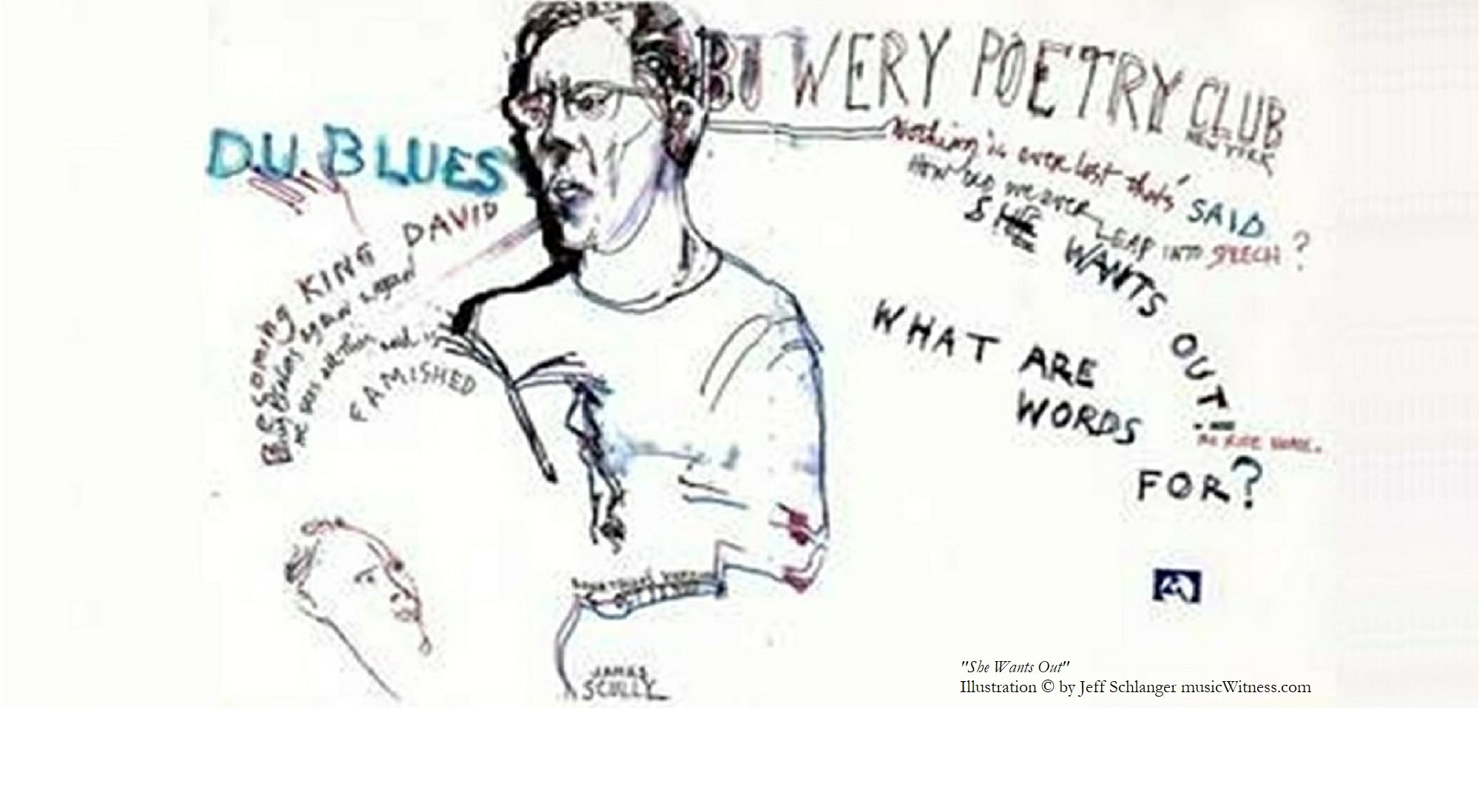from FICTION INTERNATIONAL 42
These remarks were occasioned by a symposium based on the question whether “in a time of wide-scale ethnocide and systemic demonizing, consider . . . whether the attempt to remain hors de combat represents integrity or silent complicity, as with the hypothetical Aryan artist (in Berlin during the Third Reich) embarked on his ‘inner migration’.” This question was raised in the context of atrocities committed in Abu Ghraib prison in Iraq.
My response(s) . . .
1
Annihilating all that’s made / To a green thought in a green shade
—Andrew Marvell, “The Garden”
In September 2008 Paul (Jerry) Bremer exhibited his oil paintings at The Framery in Bellows Falls, a 19th century post-industrial town in southeast Vermont. The paintings had impressionistic titles: Rainy Day Reflections, Silo, Summer Shadows, etc. Proceeds from the sale—which ran modestly, and with good reason, from $200 to $400—would go to the Historical Society in the seemingly more upscale town of Chester. A former Kissinger Associate, Bremer had also been the ‘proconsul’ of Iraq. In that capacity he presided over the disbanding of the Iraqi Army and the de-Baathification of the government—in effect, disintegrating the country and opening its archaeological museums to looters. That was five years ago, by the Tigris. The recent one-man exhibit was a stone’s throw, literally, from the Connecticut River. It included a painting titled “Fenced In.” Not a reference to Abu Ghraib, but to a tiny plot of deep green grass in a village dooryard enclosed by white picket fence. Exactly the sort of art, and aesthetic, that a Bremer would be expected to produce and subscribe to. What else could he do? He of the Baghdad Green Zone? He was planning to donate the proceeds to the Chester Historical Society—because, as he said, “I am a historian by trade, so when we moved to Chester I was really interested in the history of the town. It’s really important to keep history alive and I hope the fundraiser helps that cause.” And there we have it, exactly and inevitably: the art, the history, the destruction of both, and the philanthropy that a Paul Bremer had to come down to. But what of other dooryard artists, those who have not wielded his direct life-&-death power but who, like him, have dissociated themselves from the world and the history they participate in, and which they are a living part of? What country, what worlds, do they in the green prison of their oblivion disintegrate?
2
A few questions about the symposium topic . . .
First response. The implicit analogy, based on psychological denial, is not easily applied to contemporary US writers and artists. A more apt comparison might be to WWII French and other intellectuals, many of whom were more accommodating of, or indifferent to, the moral complexities of living under a Nazi regimen. One of the most unlikely was Gertrude Stein, who in 1934 told the New York Times Magazine that “Hitler should have received the Nobel Peace Prize,” a position she did not disown but simply forgot about after the war. During it she got along nicely in Vichy France, supporting Marshall Petain so assiduously she translated many of his speeches and tried to peddle them in the US.
Who now is nominating Barack Obama—the boyish, human face that has been placed on the rotting Clinton-Bush legacy—for the Nobel Peace Prize?
No, Obama is no Hitler. Neither was Hitler fully realized when he assumed power in 1933. Only in retrospect do the mythic Hitler and the quasi-mythic Stein stand clear. In retrospect, so will Obama, who at the moment, with Rahm Emanuel holding the house keys, looks not like Hitler but Petain. Sans Petain’s medals, certainly. But then Obama is on track to become his own kind of war hero.
Second response. Is the implicit choice between inner emigration and actual emigration? Or between inner emigration and resistance? I assume (prefer) the latter. Even so the distinction between existential ‘being’ and ‘doing,’ which underlies the question, is problematic. Who knows where it will take us? Consider this distinction as sharpened by Thoreau, who defended John Brown’s attempt to negate slavery, i.e. to do way with it, even as he attacked the mainstream Abolitionists’ determination to deny slavery, that is, to moralize on it. This from a speech he delivered while John Brown was waiting to be hanged . . .
It was the fact that the tyrant [the slaveholder] must give way to him [Brown], or he to the tyrant that distinguished him from all the reformers of the day that I know. . . . The slave-ship is on her way, crowded with its dying victims: new cargoes are being added in mid-ocean; a small crew of slaveholders, countenanced by a large body of passengers, is smothering four millions under the hatches, and yet the politician asserts that the only proper way by which deliverance is to be obtained, is by ‘the quiet diffusion of the sentiments of humanity,’ without any ‘outbreak.’ As if the sentiments of humanity were ever found unaccompanied by its deeds . . . What is that I hear cast overboard? The bodies of the dead that have found deliverance. That is the way we are ‘diffusing’ humanity, and its sentiments with it.
By these exemplary standards we are almost all, so far as I can tell, ‘inner emigrants.’
Postscript
This was written after Barak Obama had been elected president in 2008 but before his inauguration and, later, his being awarded the Nobel Peace Prize in October 2009. My comment had aspired only to be sardonic—not, as it turned out, prophetic. It’s worth noting that Stein, unlike Ezra Pound, was neither charged with treason nor confined to Saint Elizabeth’s psychiatric hospital for over 12 years.
